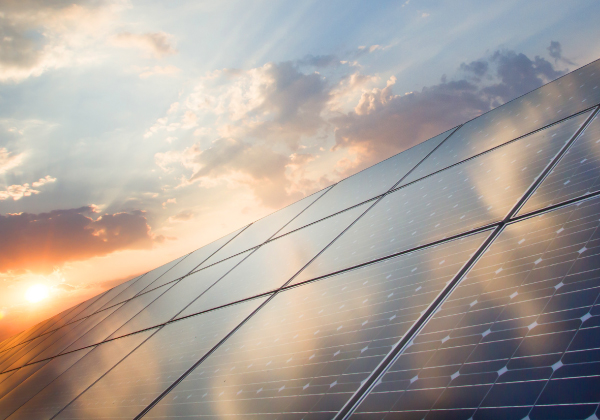Wind FAQs
Here are a few commonly asked questions about wind power. For more facts about wind please visit FACT SHEETS on the American Wind Energy Association website.
A wind turbine uses moving air to create electricity. Wind traveling across the blades creates lift — like an airplane wing — which drives a generator producing electricity. Electricity generated by utility-scale wind turbines is sent to the electric transmission system, where it displaces electricity that would otherwise have been generated by more traditional sources such as coal, oil, nuclear and natural gas.
Technological advances that allow turbines to reach stronger, steadier winds, and over 30 years of experience in siting wind turbines to maximize their power output, have helped drive down costs.
As a clean energy source, wind is one of the most compatible with wildlife. The wind industry has taken a systematic approach to identifying potential impacts on birds, bats and other wildlife, and is engaged in initiatives to reduce, if not eliminate, those impacts.
Overall wind causes less than 0.01 percent of all human-related bird deaths.
Long-term, comprehensive studies show wind power doesn’t affect property values. Rather it is a driver for economic development in the host communities and supports local municipal services that benefit all property owners.
A fire at a wind turbine is a rare event, and extensive precautions are taken.
Typically, two people can carry on a conversation at normal voice levels even while standing directly below a turbine. Thousands of people worldwide live near wind farms with no ill effects.









